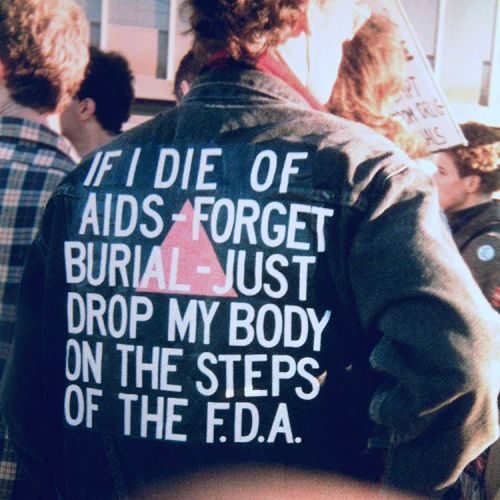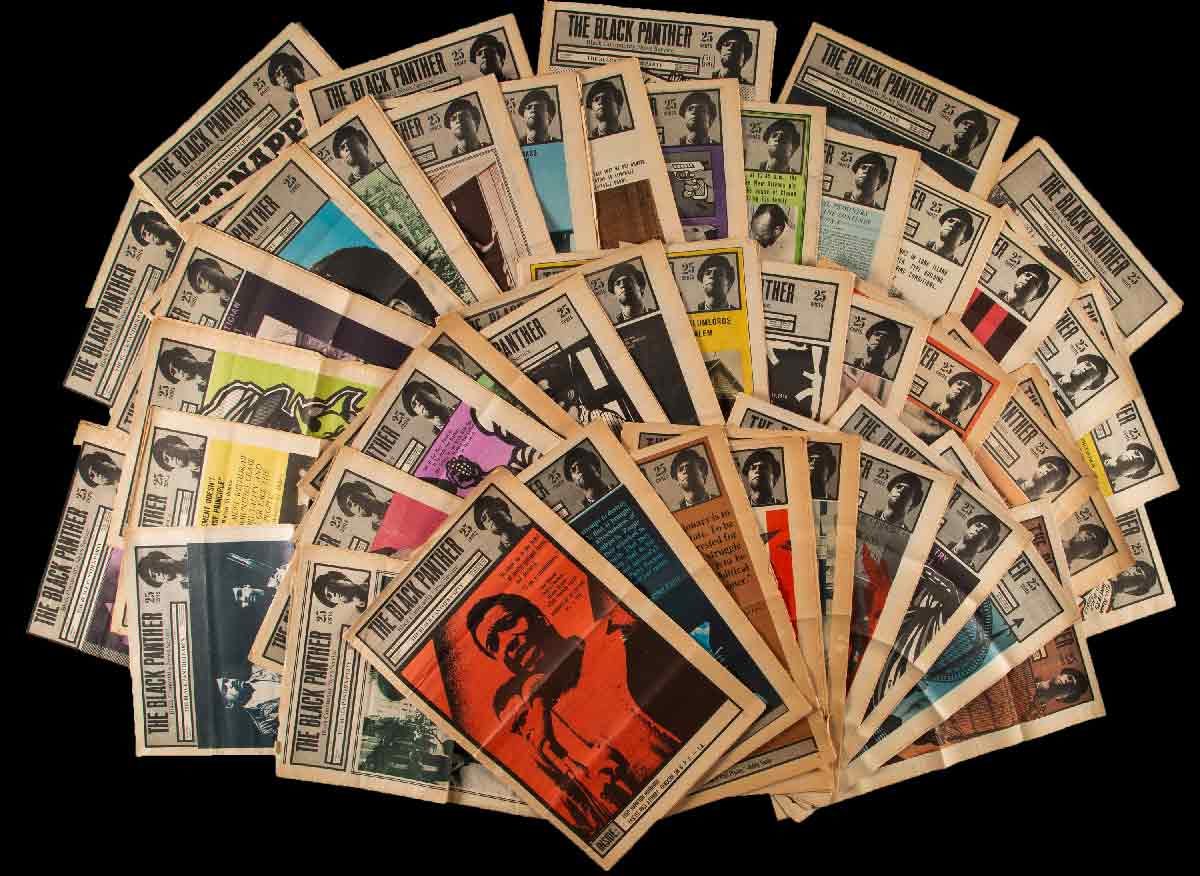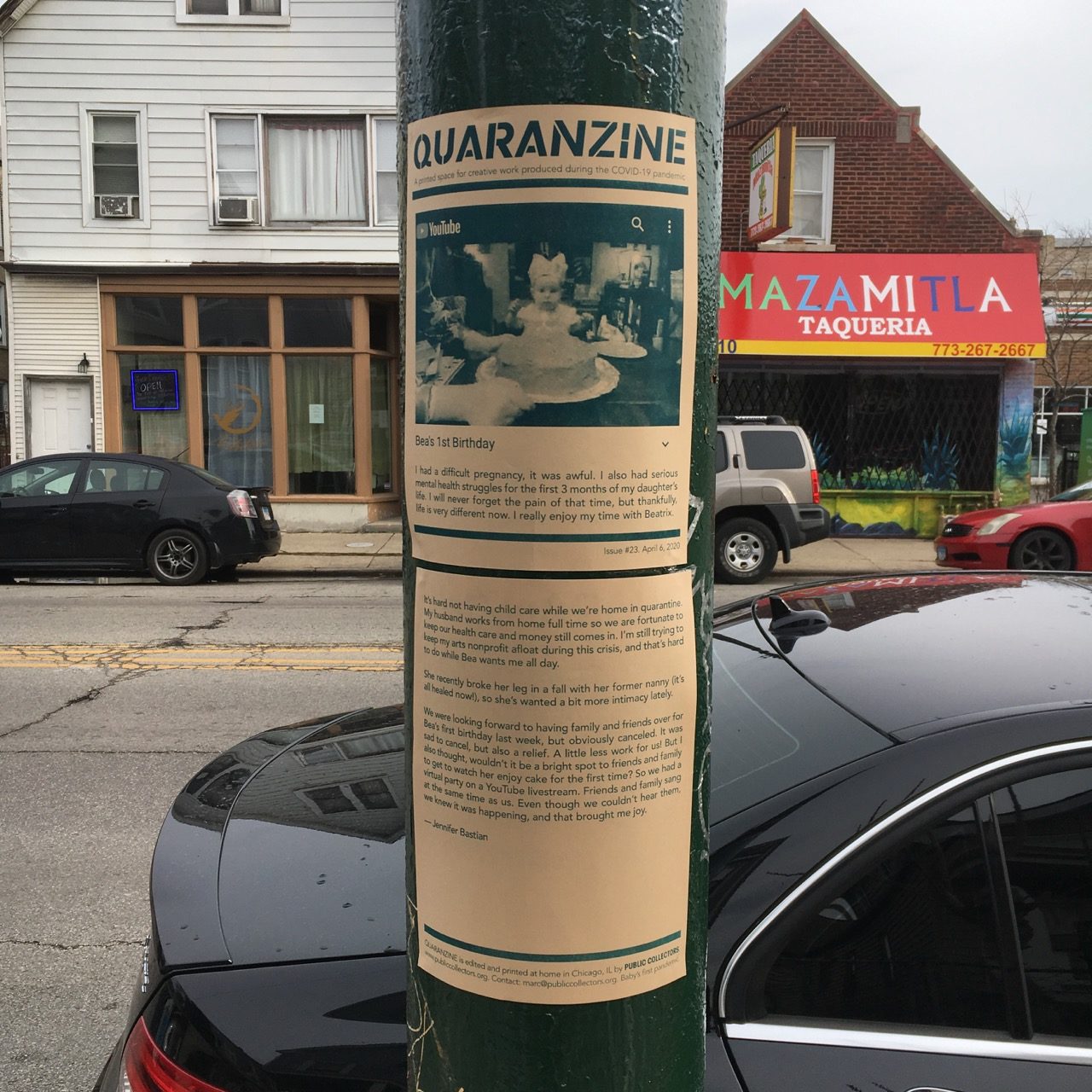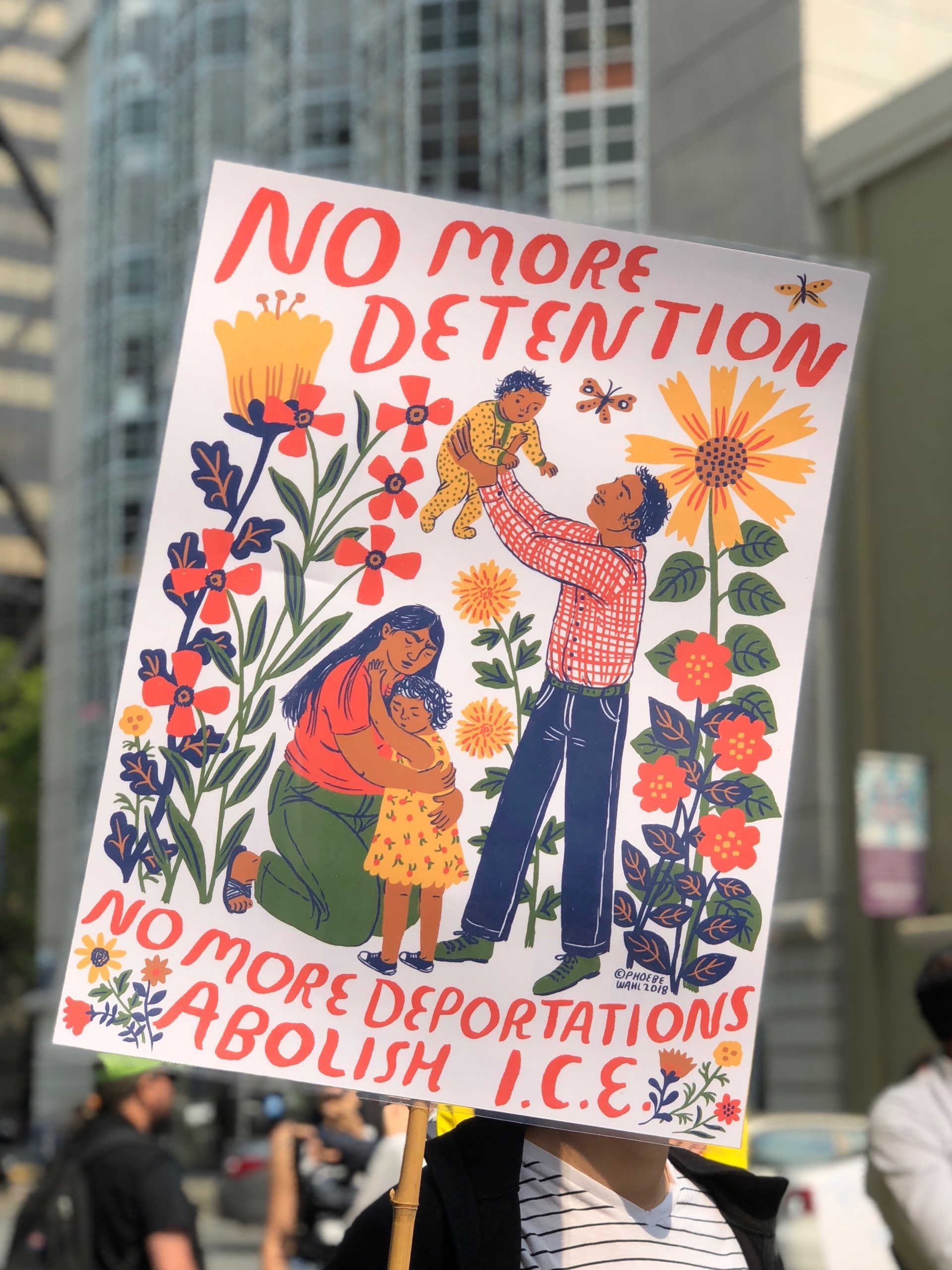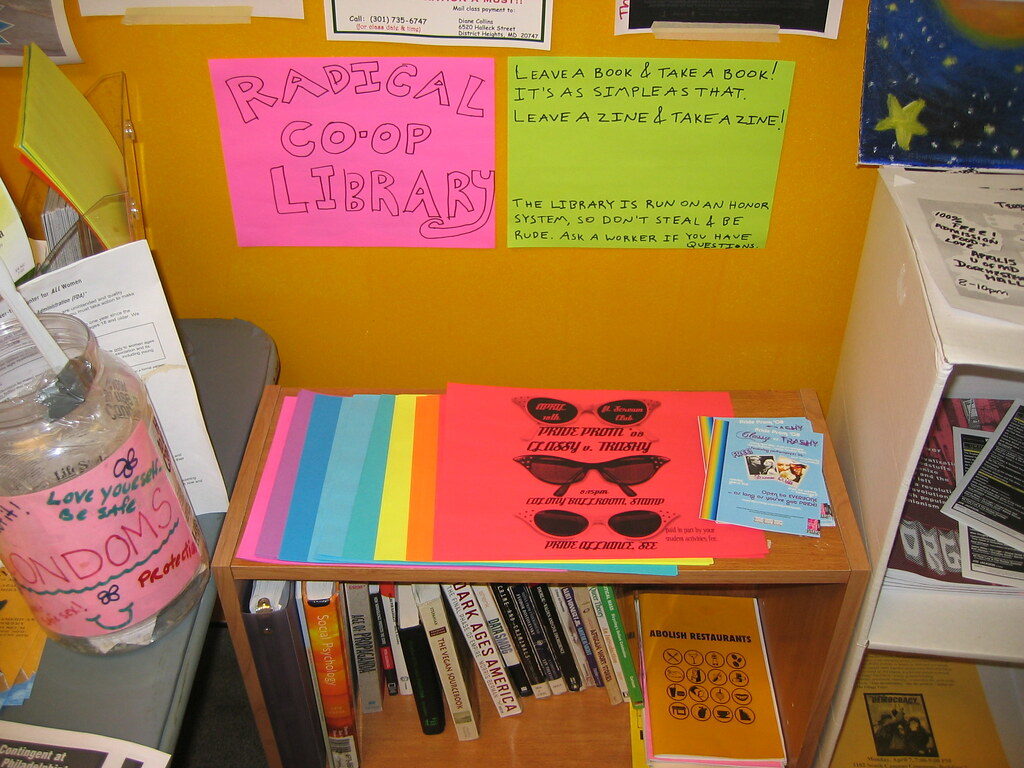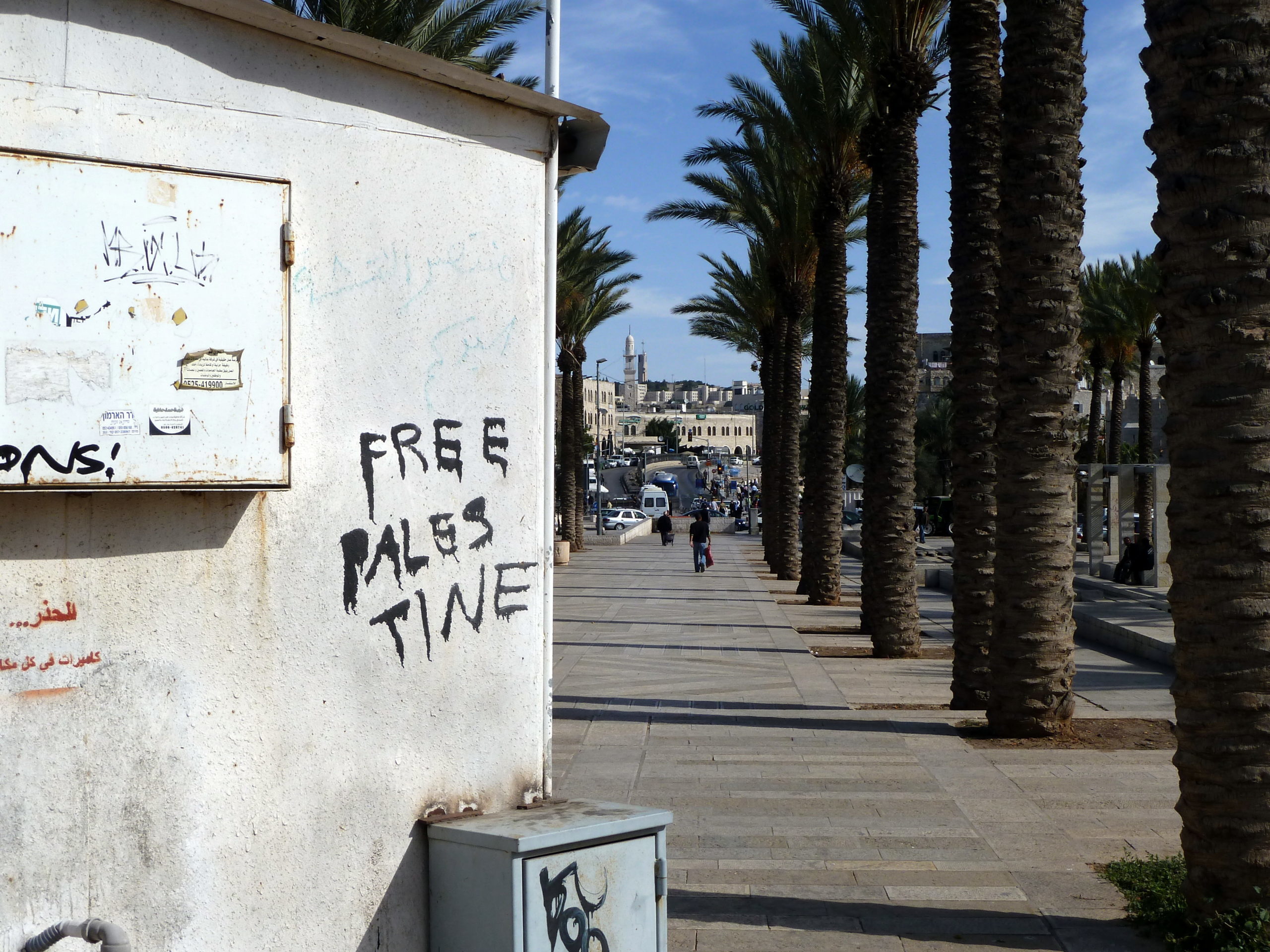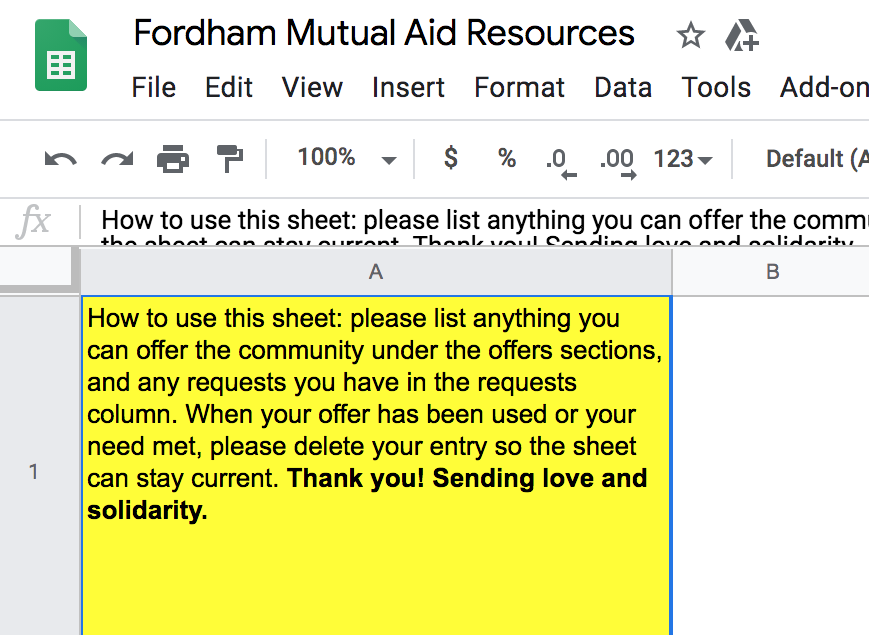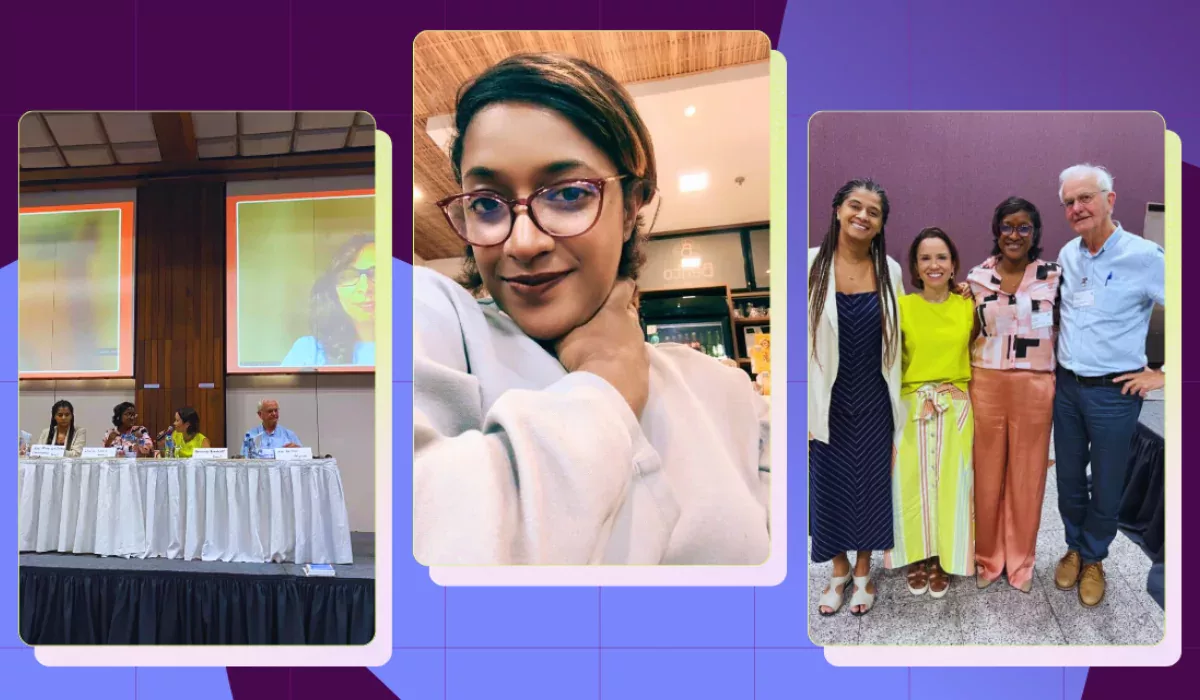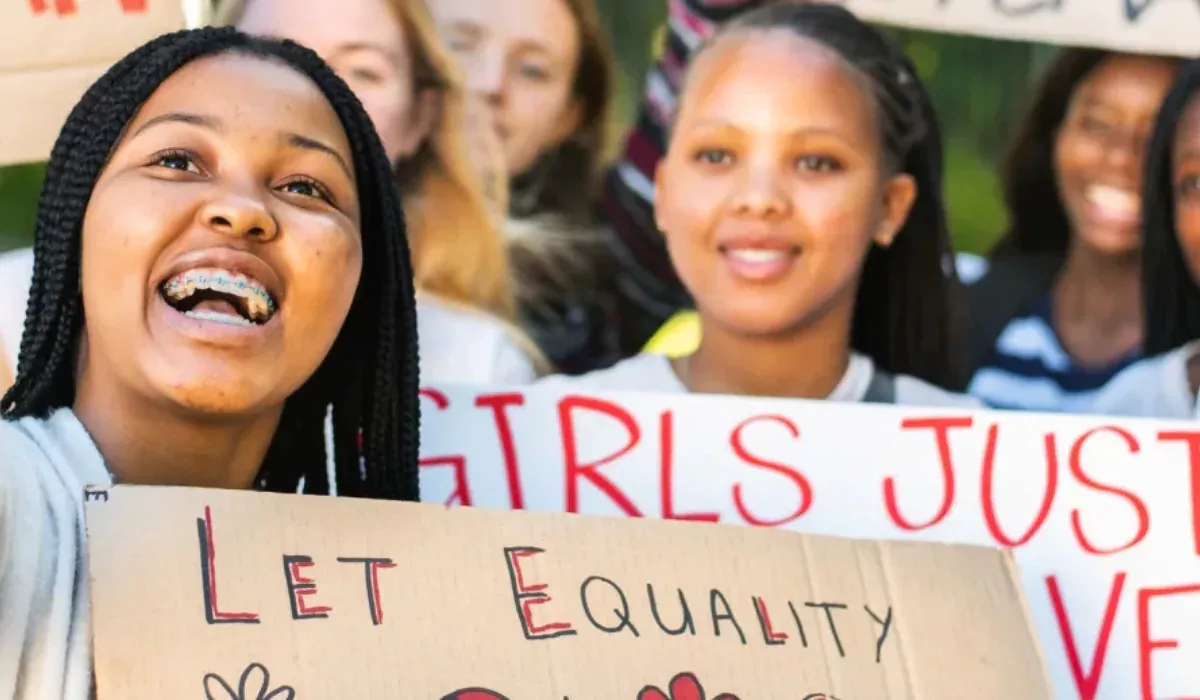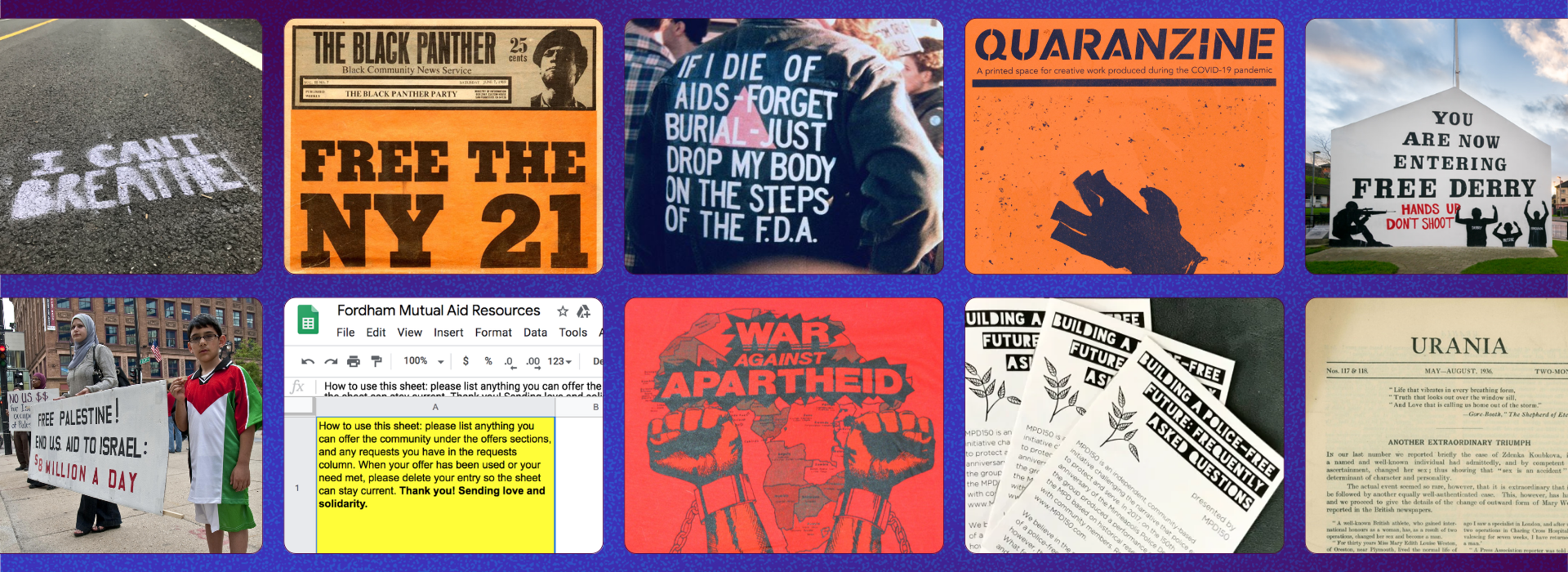
Using urgentcraft to disrupt and dismantle oppression (right now)
Overview
Background
As queer artist, designer, and educator Paul Soulellis says, “We’re faced with a kind of doom right now that sometimes feels like the end of the story.” But we are not in unprecedented times. Crisis has always shaped our lives, depending on where we are, who we speak to, and what communities we are part of.
Across history, communities have faced ongoing oppression, conflict, dispossession, and disaster. In those moments, people — especially artists, designers, and activists — have responded with what they had: pamphlets, cartoons, posters, picket signs, zines, subversive memes. From the AIDS crisis to Black Lives Matter, from the Black Panther Party newspaper to COVID-era mutual aid networks, people have long taken action with the tools and platforms closest at hand to deliver their message.
Radical publishing has been used throughout history as a form of survival. Gestures of making public that move away from and refuse whiteness, heteronormativity, capitalism, and settler colonialism give power to deeper acts of organizing by distributing new and disruptive thinking. Radical publishing fuels change through the circulation of urgent artifacts and the publics that form around them.
—Paul Soulellis
Practice
Urgentcraft is a set of tactics for working together beyond traditional notions of advocacy in times of crisis, rooted in queer strategies of resistance, refusal, and survival.
The practice of Urgentcraft is about:
- Making public what needs to be seen now in times of crisis
- Using what humble tools, materials, and mediums are available to us to deliver important messages quickly
- Disrupting, hacking, and dismantling oppressive systems
- Prioritizing community, anti-racism, and justice in our work
- Crafting powerful “urgent artifacts” as acts to mobilize people
- Using art and design to fuel emancipatory projects and the movement towards liberation
Principles
These are the “loose set of principles” of urgentcraft:
- Do what you can
- Use modest tools and materials
- Understand the politics of your platforms
- Practice media hybridity
- Work in public (self-publish!)
- Practice a slow approach to fast making
- Think big but make small
- Redistribute wealth and accumulation
- Work towards the then and there of queer futurity (while acknowledging past struggles and privileges)
- Agitate/interfere (“make good trouble”)
- Dismantle white supremacy / be anti-racist
- Resist, loosen, and dismantle ableism, heteropatriarchy, and settler colonialism
- Resist capitalist strategies
- Refuse design perfection / stay with the mess
- Question linearity and other hierarchical structures
- Commit to maintenance and self-care as a form of urgency
- Fail to provide the perfect read (resist legibility)
- Use (steal from) the institution when you can (while resisting its values)
- Prioritize communal care as a never-ending practice
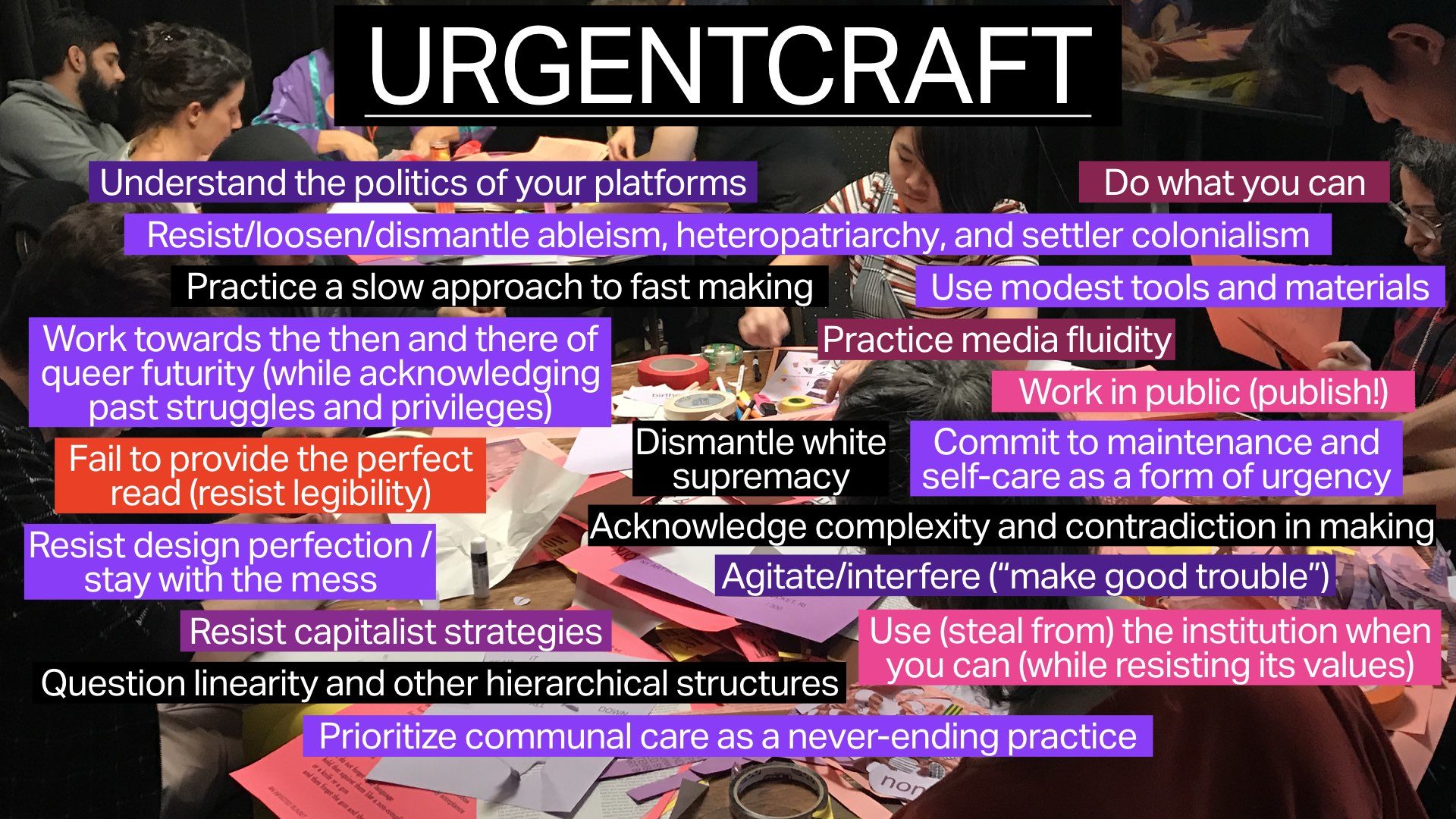
Practicing urgentcraft
1. Identify the moment
We should understand urgency as a “slow, ongoing commitment to maintenance and communal care.” That means creating and sustaining connections that can help us recognise and respond to crises. It also means learning to slow down and to let things emerge, and to work at the “speed of trust,” in the words of adrienne maree brown.
Ask:
- What is urgent? As in, what is happening right now that demands a response?
- Who is this urgent for? As in, who is most impacted?
2. Decide what to make public
Urgentcraft reframes publishing as an act of distribution, not production. It is “less about the objects you make and more about the actions you take.” Through the actions – the dispersion of material – your publics form.
Ask:
- What needs to be seen, felt, or known?
- What assets and resources do we have
- What action or gesture can bring it into public view?
- How do we prioritize care and community need?
3. Choose the form (or “gesture”)
The form, or “gesture”, you choose for publishing is a vehicle for movement. In urgentcraft, these gestures are called urgent artifacts: collective acts of “making public” that document the moment and invite people to engage, aid, push back, refuse, and resist. They are “modest, easily made, and located where the conversations are already happening.”
Consider:
- Lo-fi, open access zines, flyers, or newspapers
- Voice memos or broadcasts
- Protest signs and posters
- Mutual aid spreadsheets, resource lists, or survival guides
- Social posts, blog entries, or simple websites
- Collaborative docs, letters, or manifestos
- Playlists, podcasts, or livestreams
- Messages worn on bodies: t-shirts, patches, or stickers
Ask:
- What form feels fast, accessible, and right-sized?
- What forms interrupt the dominant narrative through visibility, interference, and agitation?
- Is there something within movement archives that can inspire us?
4. Gather and make
A key to urgentcraft is communal making. That means working in community with others to craft what’s needed in the crisis moment. Shift your thinking from my work → to our work, pivoting toward collective creation. Try to avoid perfection in what you create, resisting “smoothness” and making space for mess.
Ask:
- How, what, and with whom will we share?
- What will collaboration look like? Be sure to slow down and let things emerge at the “speed of trust.”
- What modest tools and materials are available to us? Find any materials you have, no matter how simple.
- Is our call-to-action, instruction, or invitation clear within the artifact?
5. Circulate and disseminate
The other key to urgentcraft is public sharing. But public doesn’t necessarily mean everyone. It may mean the particular “public” (or community) that this is for. For example, a zine on how to self-medicate (or DIY) hormone therapy for trans people whose care has been banned may not be something shared with the whole world — as this may be used for surveillance and punishment. Rather, it may be distributed through safer networks to reach the community who needs it most.
Consider:
- Public spaces, noticeboards, telephone poles, walls
- Bus stops, train stations, street signs, street corners, public parks
- Community centers, sexual health clinics, queer bars, bookshops, laundromats
- Protests, demos, marches, public meetings
- Signal groups, WhatsApp groups, Discord servers, Reddit communities, forums
- Substack, Medium, blogs, email newsletters, personal websites
- Instagram, Bluesky, TikTok, dating apps
- Airdrop, USD drives, QR codes, docs in Obsidian, Notion, Google
- Mail-outs, phone calls, events, door-knocking
- Radio, television, stage, Twitch, Spotify
Ask:
- Where are the people who need to see this?
- Where can we share, post, stack, drop, or stream it?
- How can the artifact move, be reshared, and be remixed?
- How can we learn, interact, and engage as we distribute?
6. Reflect and archive
Reflecting on your artifact and archiving it is essential for our survival. Reflecting helps our future urgentcraft, while archiving helps us build a living memory of our resistance. By archiving, we are documenting lessons in collective persistence and care.
Ask:
- Did it land where it needed to?
- Did it shift something?
- What can we do differently next time?
- Where can we store it as an archive for those who come next?
Alright, it’s your turn. What will you craft?
Tag us in what you create on Instagram @comotion.
